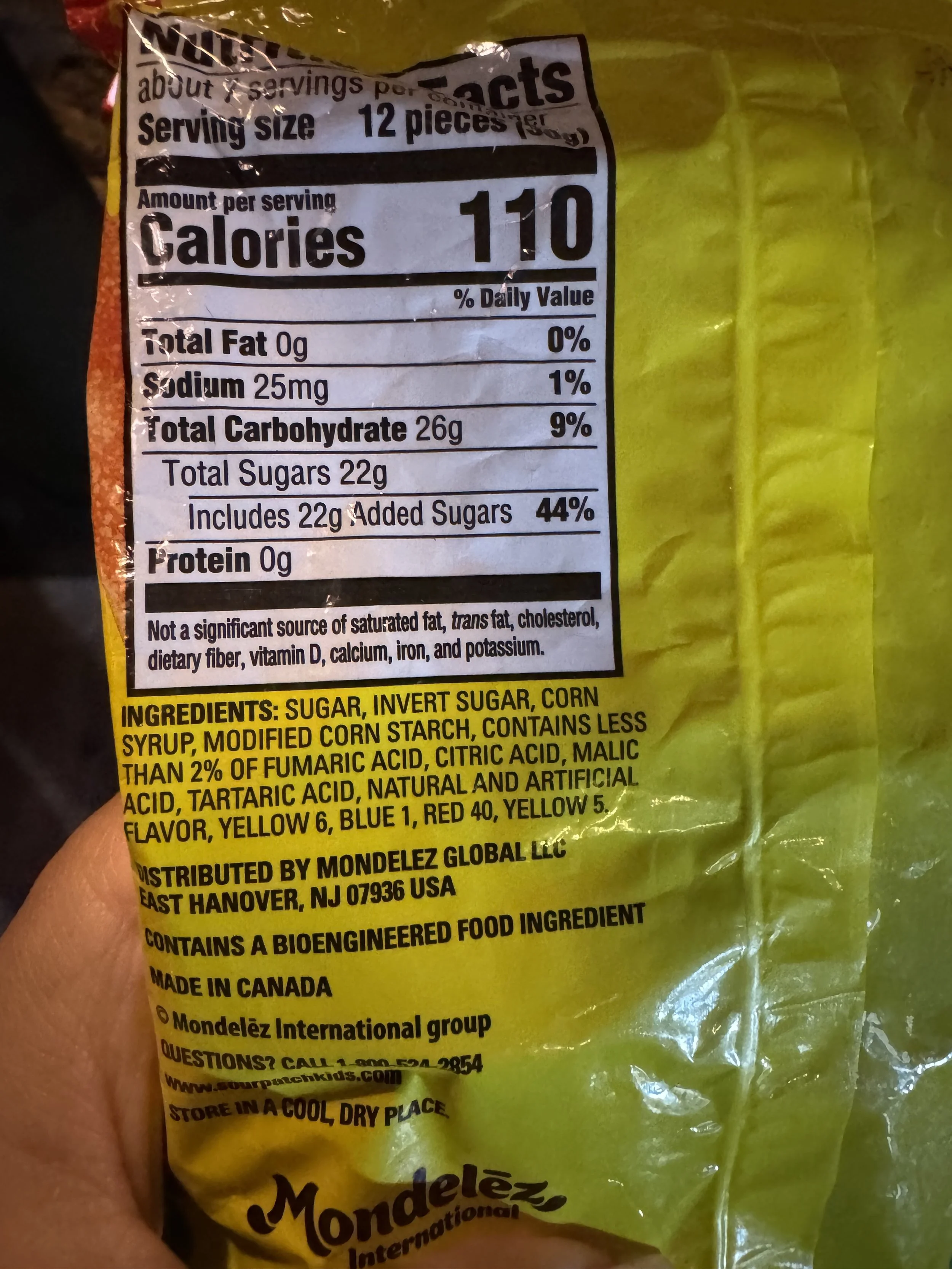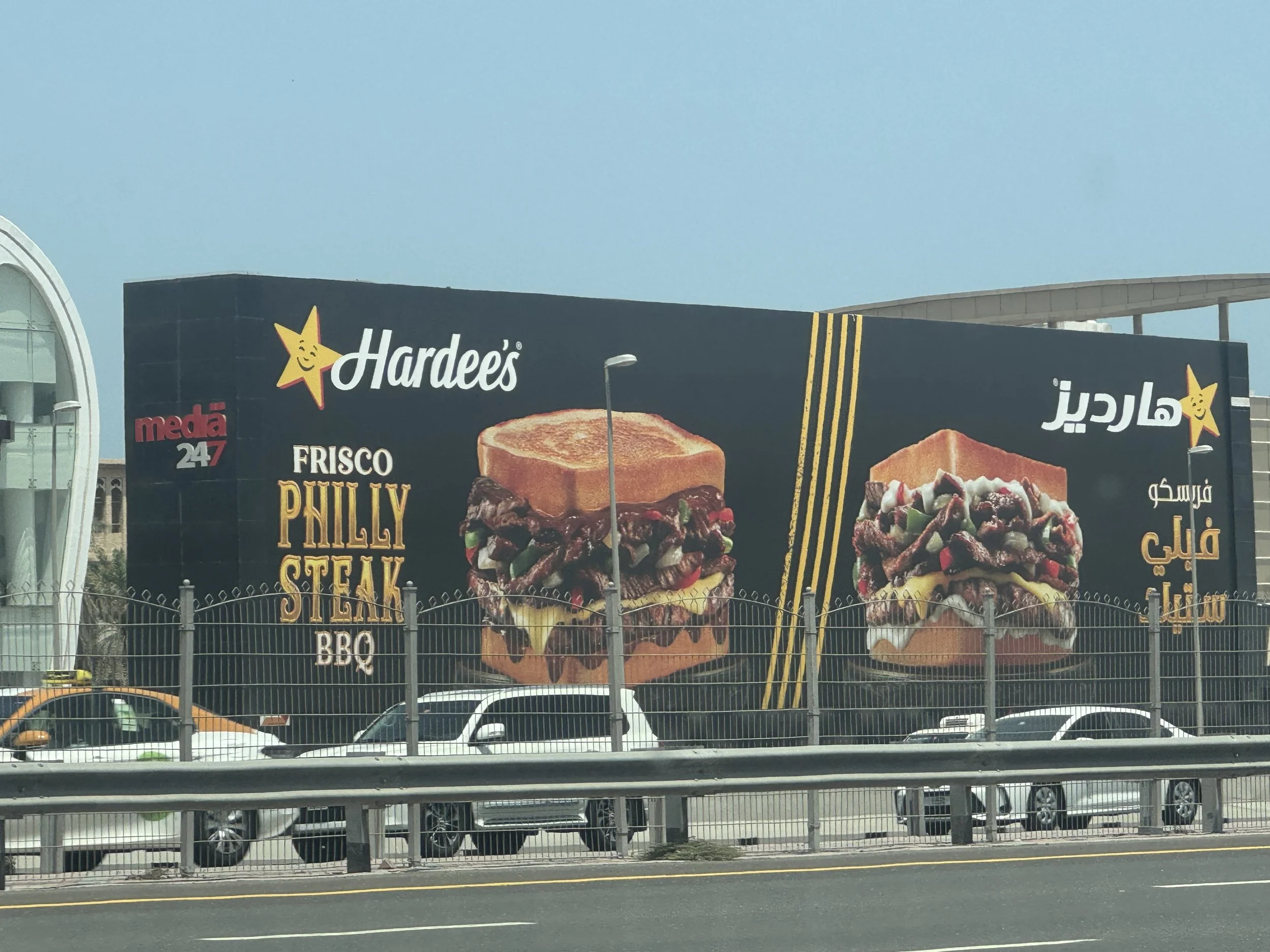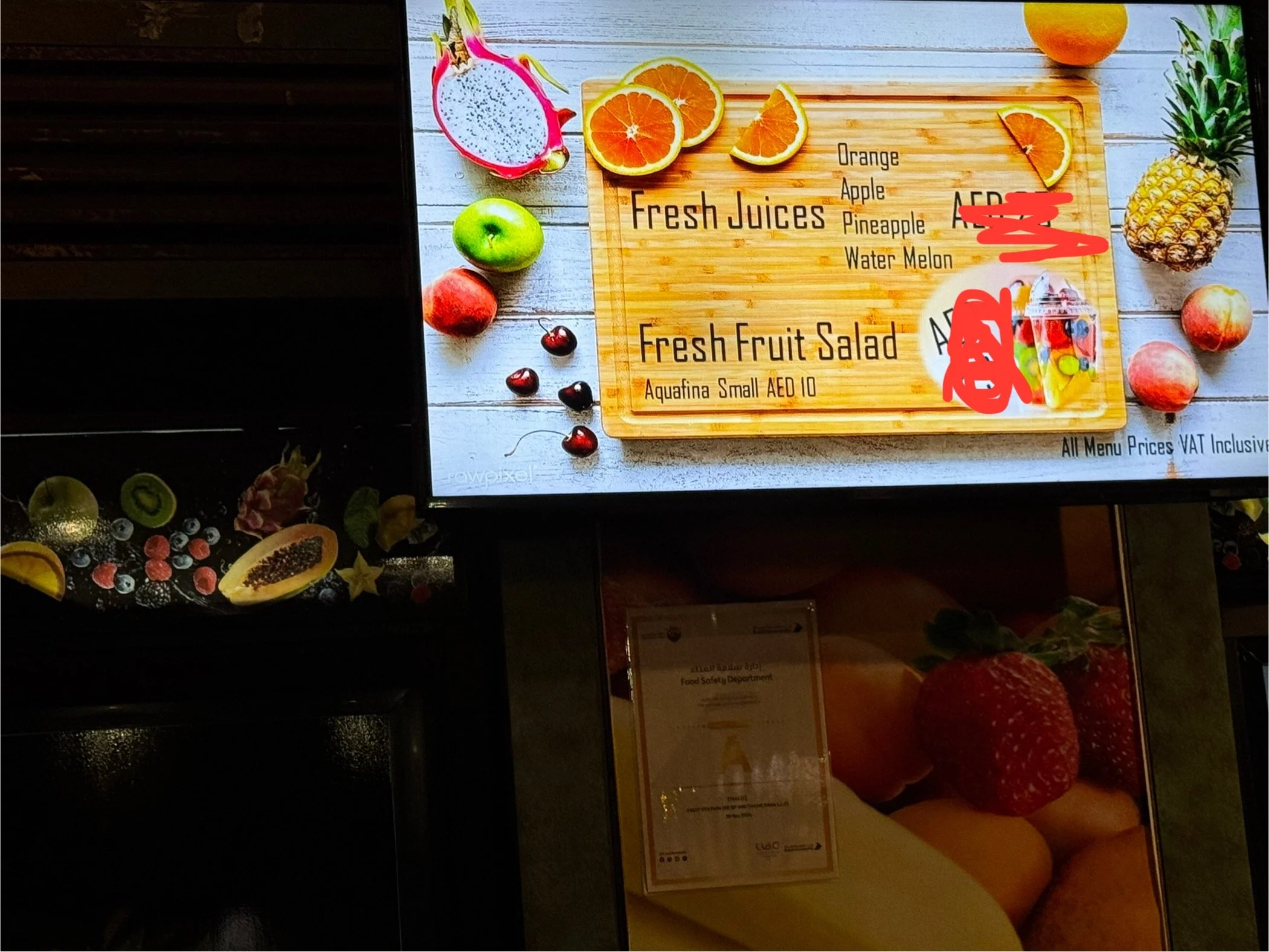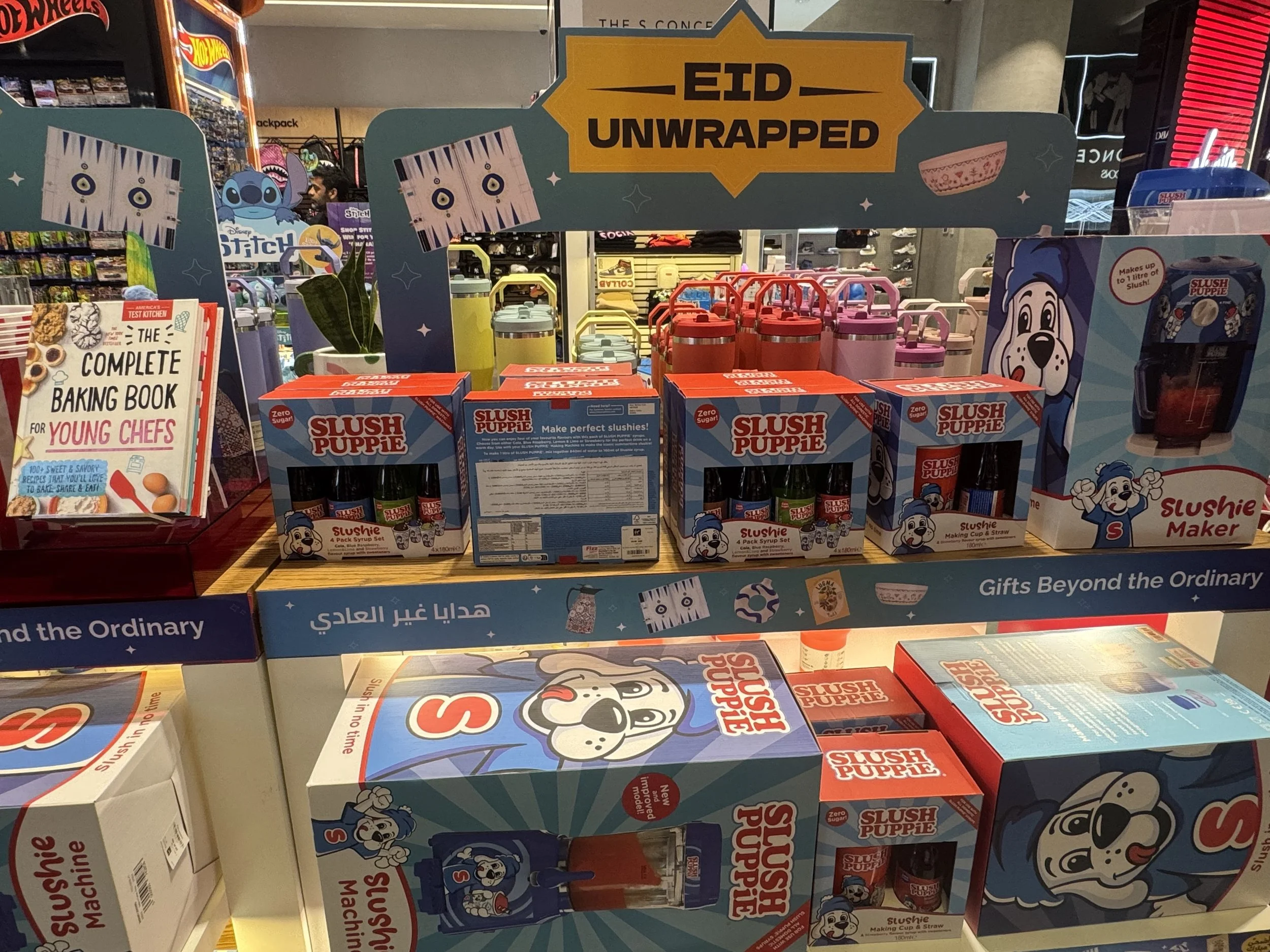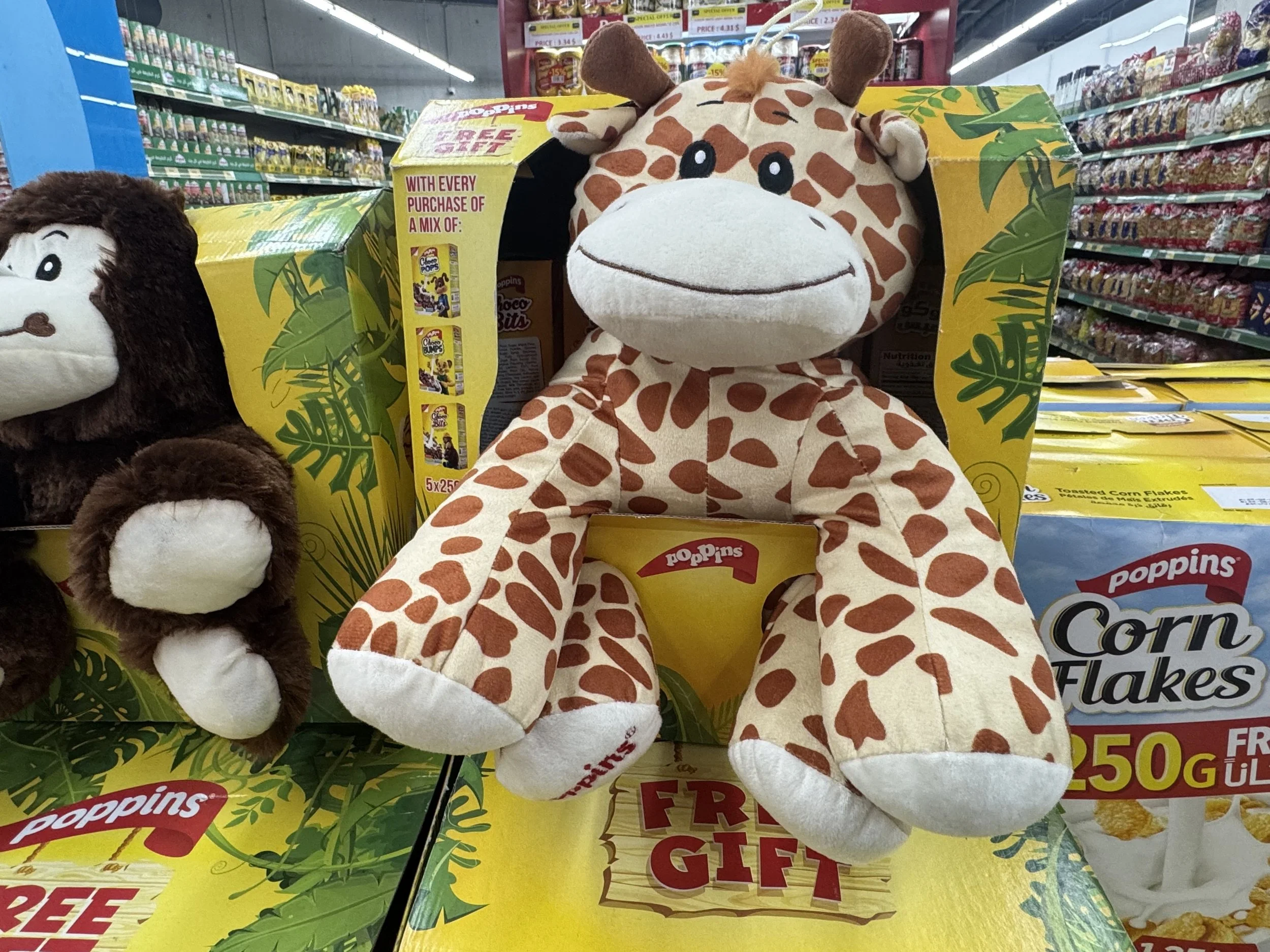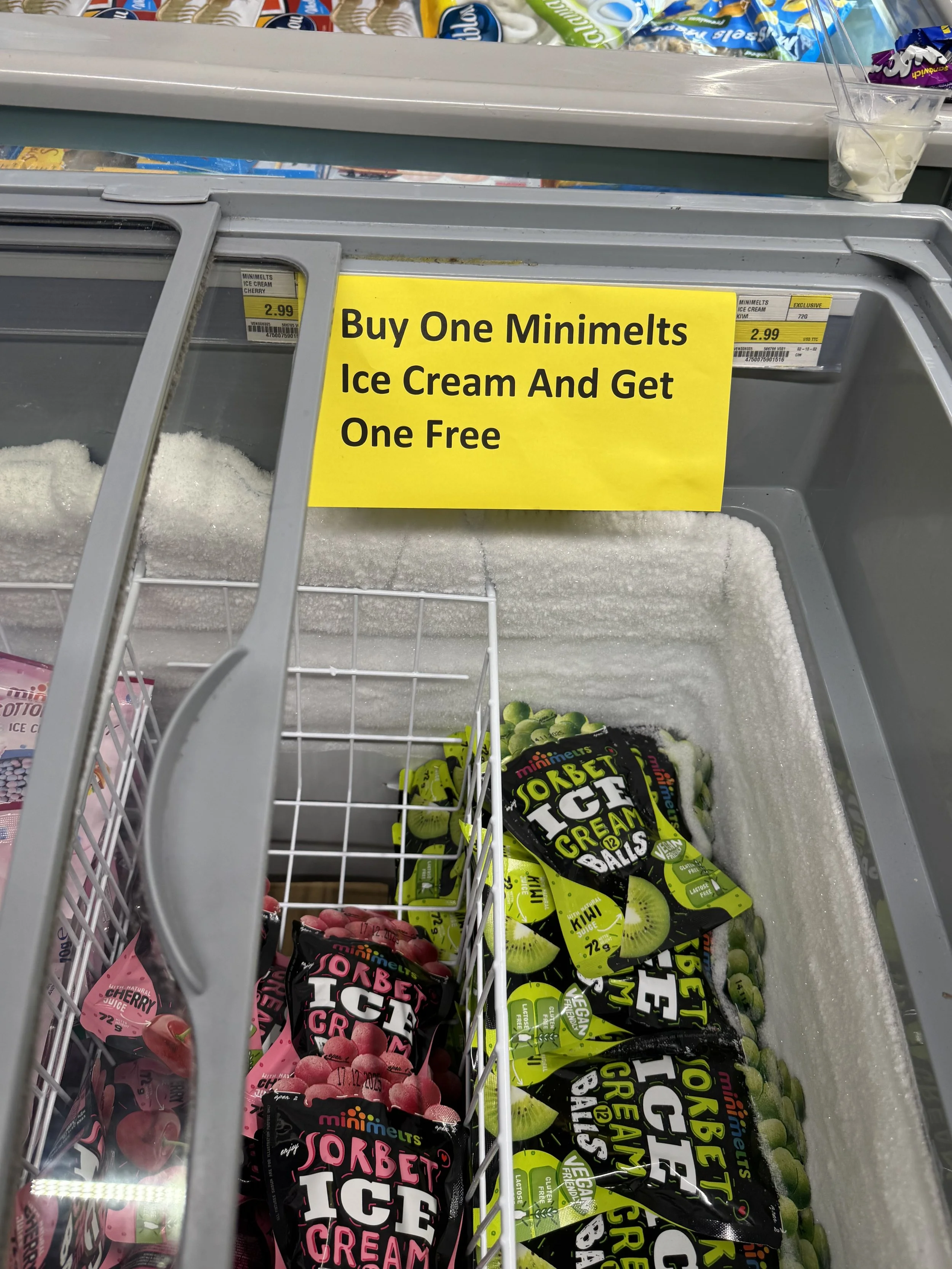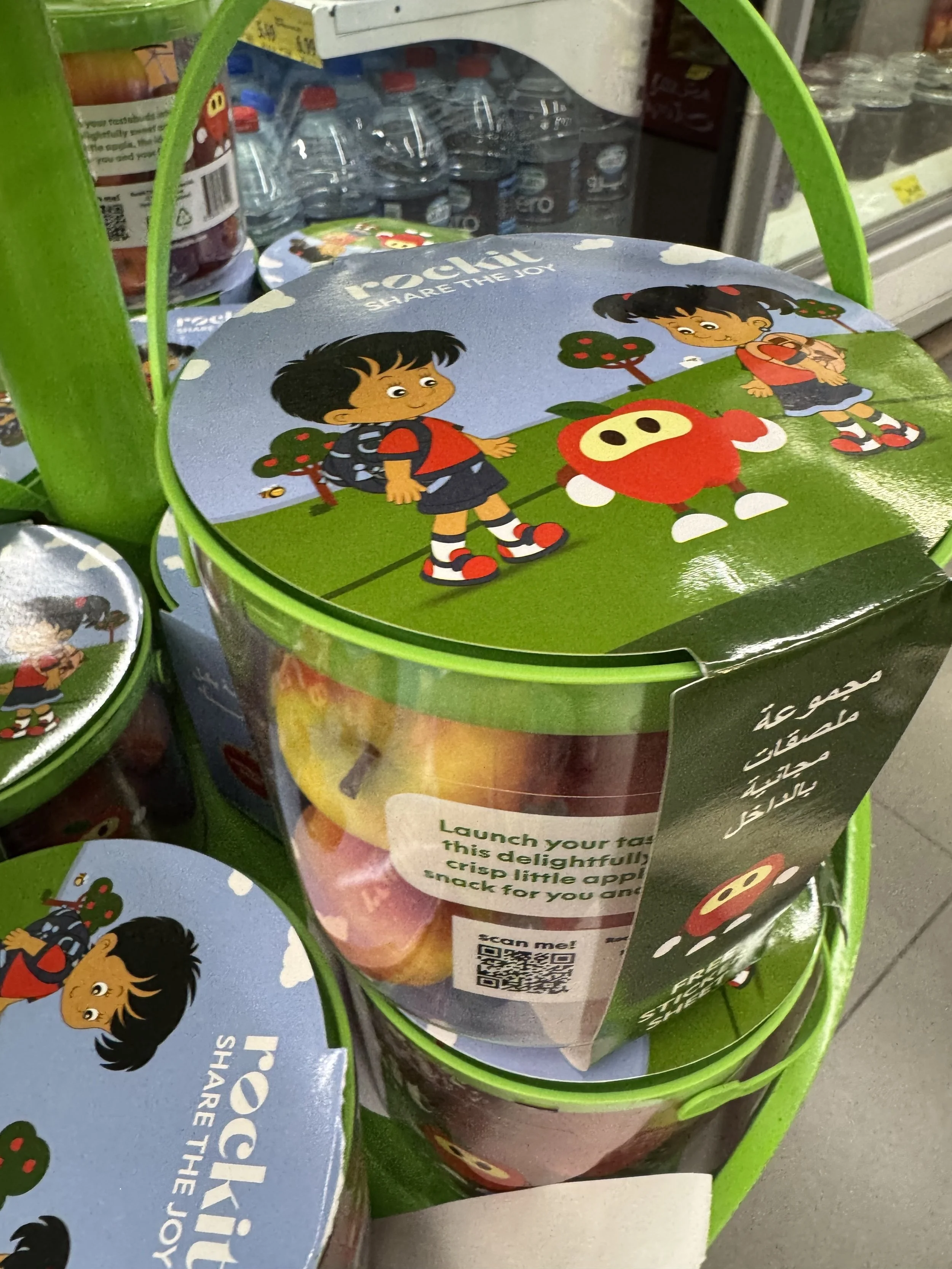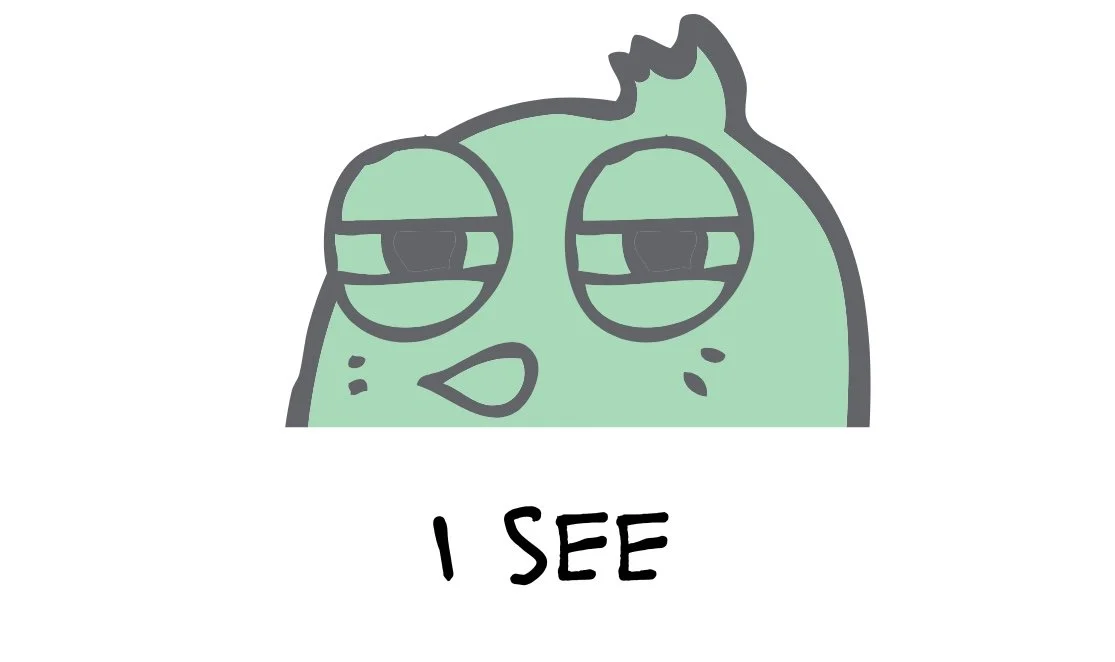
I SEE is a collection of real-world observations.
These quick observations reveal how food marketing and policy show up in our lives. One day it’s a photo of cartoon-covered cereal boxes, another day it’s a surprisingly positive vegetable/fruit marketing at the corner store.
This approach isn’t just for fun, it’s grounded in research. When people document their food environments, they start to question them, and often become agents of change.
-
![Display of Rockit apple tubes with green lids and panda design in a grocery store]()
I See Smart Marketing
I came across these fun fruit tubes. bright packaging, familiar characters, and an easy grab-and-go design.
Since the 90s, the food industry has marketed directly to children, knowing they influence food choices, whether by spending their own money or persuading their parents (i.e. nagging).
Kids build emotional bonds with characters, which is why we see them drawn to some ultra-processed snacks. Imagine if we used the same strategy for fresh, whole foods! -
![Street vendor stall with fruit images, man and child interacting]()
Healthy Kiosk at a Theme Park
I See a healthy kiosk
So you know how you walk 5 steps at a theme park you reach a hot dog stand, walk 10 more and you’ll see cotton candy, popcorn, soda, repeat.
Then I spotted this. Fresh juice. Fruit salad. Hiding in a corner. No flashing lights. No cartoon mascots. Just… there.
It made me smile. And it made me ask: Why is this the rare find and not the norm? -
![Nutritional information and ingredients label on a candy package. It includes details on serving size, calories, total fat, sodium, carbohydrates, and sugars. Ingredients listed are sugar, invert sugar, corn syrup, modified corn starch, and various acids and dyes. The product is made by Mondelez Global LLC and contains bioengineered food ingredients.]()
Sour Patch Kids?!
I see Sour Patch Kids, literally in the name.
Bold colors, cartoon figures, and placed right where kids will spot it first.A quick look at the label?
22g of added sugar in just 12 pieces. A long list of artificial stuff. -
![Outdoor billboard advertisement for Hardee's featuring Frisco Philly Steak BBQ sandwiches.]()
Junk Food Ads along the Highway
I See food ads bombarding us wherever we go.
Driving down the highway, I passed the same Hardee’s ad again. And again. And again.
Bright, bold, impossible to ignore. A friend in the car turned to me and said, “Now I’m actually craving it.”
That’s how it works.When kids and young people are surrounded by ads like these,craving turns into currency and unhealthy food stays top of mind.
-
![Bag of Sour Patch Kids Extreme candy on a store shelf next to other candy brands.]()
-
![Menu board displaying fresh juices and fruit salad options with images of fruits like dragon fruit, oranges, apples, and a pineapple. The board includes prices in AED, and the mention of Aquafina bottled water availability.]()
-
!["Happy" Meal Deal]()
"Happy" Meal Deal
I See books, Pokemon, and a big food industry name bundled into one.
Walked nearby McDonald’s and saw this “ Share the joy of reading together”…right next to a Pokemon toy display.
It’s part of a Happy Meal deal: a book, a toy, and a free meal.It’s clever marketing for sure and sounds wholesome until you think about what’s actually inside the box.
Should marketing strategies that pair books and toys with unhealthy meals be regulated the same way as ads targeting children?
I see. Do you?
-
![]()
Upgraded Popcorn
I See popcorn getting an upgrade, because the “fun don’t stop” .
At the cinema, popcorn with its preset flavor doesn’t seems to be not enough anymore.
Now it comes branded as it partners up with Pringles or Cheetos, flavored sour cream & onion, extra cheese and more.
Today, the snacks for sale at the cinema are choices of sugary treats in plastic compartments and brightly colored paper bags. Loud, cheap, and hard to ignore.
And of course, teens and kids are the easiest targets. Everything is marketed like a party in a box because it emphasizes feeling good.
Here’s how the party in a box marketing is built: 1) entertainment value, 2) psychological appeal, 3) peer influence, 4) convenience, and 5) association with popular properties.
I’m not saying don’t serve popcorn. But do we really need to load it with more calories, more branding, and more noise?
I see. Do you?
-
!["Perfect Gift" for Kids]()
"Perfect Gift for Kids"
I See slushies rebranded as the perfect gift for kids.
I came across this display in a store: Slush Puppie kits, bright colors, cartoon mascots, and zero-sugar claims, marketed just in time for Eid.
But flip the box and the ingredients list is packed with artificial sweeteners, stabilizers, colorants, and additives most of us can’t even pronounce.
Zero sugar doesn’t mean harmless.
It just means the marketing got smarter.Are these really good “gifts”? Or just ultra-processed products in playful disguise?
I see. Do you?
-
![]()
A Birthday Cake Like No Other!
I See a birthday cake that didn’t need frosting or sugar to steal the show.
My 8-year-old niece-in-law asked for a watermelon cake on her birthday.
Stacked with fresh fruit, topped with walnuts and berries, not a piece was left behind. No food waste, no sugar crash either!She’s the kind of kid who says no to fast food at parties because “it’s so unhealthy.”
Not because someone told her to, but because she’s grown up learning to think about what she eats. Huge credit to her parents, who’ve made nutrition education part of daily life!
I always talk about what’s wrong with food environments, so here’s a moment that felt different. And hopeful!
I see. Do you? -
![I See marketing adjusting to context.]()
I See marketing adjusting to context.
In high-income countries, we get sleek celebrity ads, movie tie-ins, Pokémon toys, and brand partnerships.
But in Lebanon, where economic challenges are real, we see food companies handing out full-size footballs and plush toys to sell sugary cereals and processed snacks.
It’s still the same goal: get into children’s minds, shape brand loyalty early, and push products that don’t serve their health.
Same tactics. Different wrapping.
I See. Do you?
-
Healthy Marketing in Sweden
My friend sees a small but powerful gesture in her local supermarket in Sweden:
A sign that reads, “Welcome, all children can take a fruit.” For free!It’s such a simple way to make healthy choices feel normal, even expected.
And it made me think about how different that message is from what many kids see elsewhere, especially in lower-income settings, where toys, candy, and ultra-processed snacks dominate the marketing space.
The difference isn’t just about resources. It’s about priorities.
She sees. I see. Do you?
-
![]()
I See Games for Skill, Memory, Action... and Wait, What? Sugar?!
I See games for skill, memory, action… and wait, what? sugar.
In a supermarket aisle, I spotted this: PEZ candies promoted with a “Free App” that promises fun, creativity, and skill-building. The catch? The dispenser is a toy, and the sugar tablets inside are made to appeal to kids, brightly packaged, fruit-flavored, and cartoon-labeled.
-
![]()
I See an Offer too Good to be Healthy
And I also see how the food system shapes choice.
Buy one, get one free. But not on apples or yogurt. On cotton candy-flavored mini-melt ice cream balls.
They’re stacked at kids’ eye level. Packaged in pastel or neon. Priced at $2.99 each.Guess what, blueberries just few isles away are priced at $12!
-
![]()
I See How Supermarket Aisles are Designed to Sell
The best stage is in the middle of the aisle.
And it’s saved for junk food. Not apples. Not lentils. Not anything nourishing.
Just mountains of chips.
Bright bags. Mega discounts. “Buy more” offers you can’t miss even if you try.It’s right in the middle of the main walkway, where everyone passes, baskets overflow with chips and snacks. Not tucked away in a snack aisle. Not a choice you go looking for. But right in your path.
-
![]()
I See Snack Packages Featuring Famous Cartoon Characters on Display
Research shows that putting cartoon or movie characters on a food package makes young kids think the food tastes better. Big food companies pile on the “fun”: bright colors, toys, apps… turning eating into entertainment.
Retailers also strategically place junk foods to maximize kids’ nagging and impulse buys. Sugary cereals and snacks get prime shelf space at children’s eye level and checkout counters.
-
I See a Scroll-Stopper: Fried Chicken as Ice Cream?!
Funny enough to film and familiar enough to crave.
The ads are child-targeted with playful shapes, bright packaging, and a satisfying crunch on video.
No mascots required, the product is the ad. Kids see it, share it, want it.
When fun = ultra processed food, the message sticks. -
![]()
I See Cartoons Finally Being Used on Real Food
But the price? AED 21.49 for 5 mini apples (around 5.85 USD).
I get it: this pack is imported, so the tag is higher.
Still… in the same aisle, ultra-processed snacks are the ones on promo.Why not give local, seasonal produce the same love? Healthy shouldn’t be the luxury line while junk is on sale.
-
![]()
I See How Placement Decides the Order
A little girl (maybe 3) walks in. The snack shelf is built into the counter, exactly at her eye level. She locks on to the chips, grabs a bag, and the negotiation starts.
Dad suggests a sandwich. She wants the chips. He tries again. She doesn’t budge.That wasn’t hunger. That was design.
Bright bags + easy reach + checkout placement = pester power on cue.



